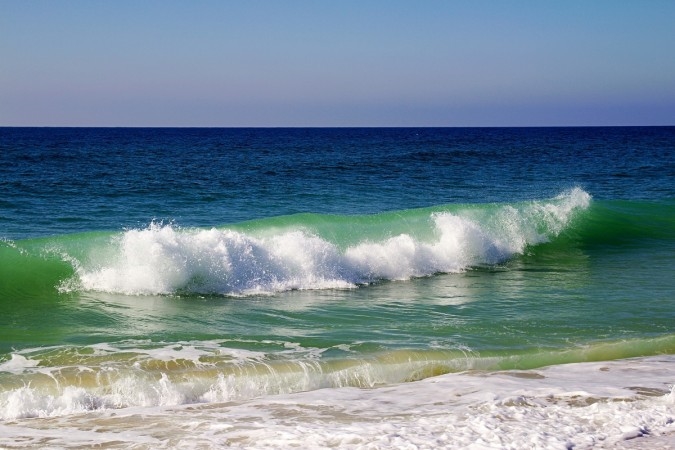
The marine ecology is profoundly affected with plastic products inside the seas and very little is being done to recycle them.
The presence of this “oxygenless” zone on the Gulf has been known for around 50 years, however, just as of late have researchers figured out how to quantify how its outskirts have changed in the course of the most recent couple of decades.
There is an enormous dead zone in the Arabian Sea close to the Gulf of Oman and it is developing constantly.
Where they thought that it was some oxygen, they found a zone bigger than Scotland with about no oxygen left.
Computer simulators of sea oxygen demonstrate a lessening in oxygen throughout the next century and developing zones without oxygen. To think about the danger zone in detail, UEA dispatched two submerged robots known as Seagliders. In a spot where they really anticipated that would discover oxygen, there was not just almost nothing left, it was likewise a big region.
What is a dead zone?
Dead zones are frequently caused by the rot of algae amid algal sprouts, similar to this from the coast of La Jolla, San Diego, California. The district is called dead zone since it doesn’t support Marine life because of the absence of oxygen.
The sea is home to plants and animals which require oxygen to live.
What forms the dead zone?
The dead zones happen normally in deep water, yet they’re expanding in size and number at the base of coastal waters over the globe, for the most part, because of the utilization of compound fertilizers and wastewater. The marine’s flora and fauna need oxygen in the water for their survival. Sewage, pollutants which contain nitrogen and phosphorous that are left into the ocean prompt to the development of the dead zones. However, it appears to be somewhat innocuous when deteriorated algae are “eaten” by the sea’s microbes.




